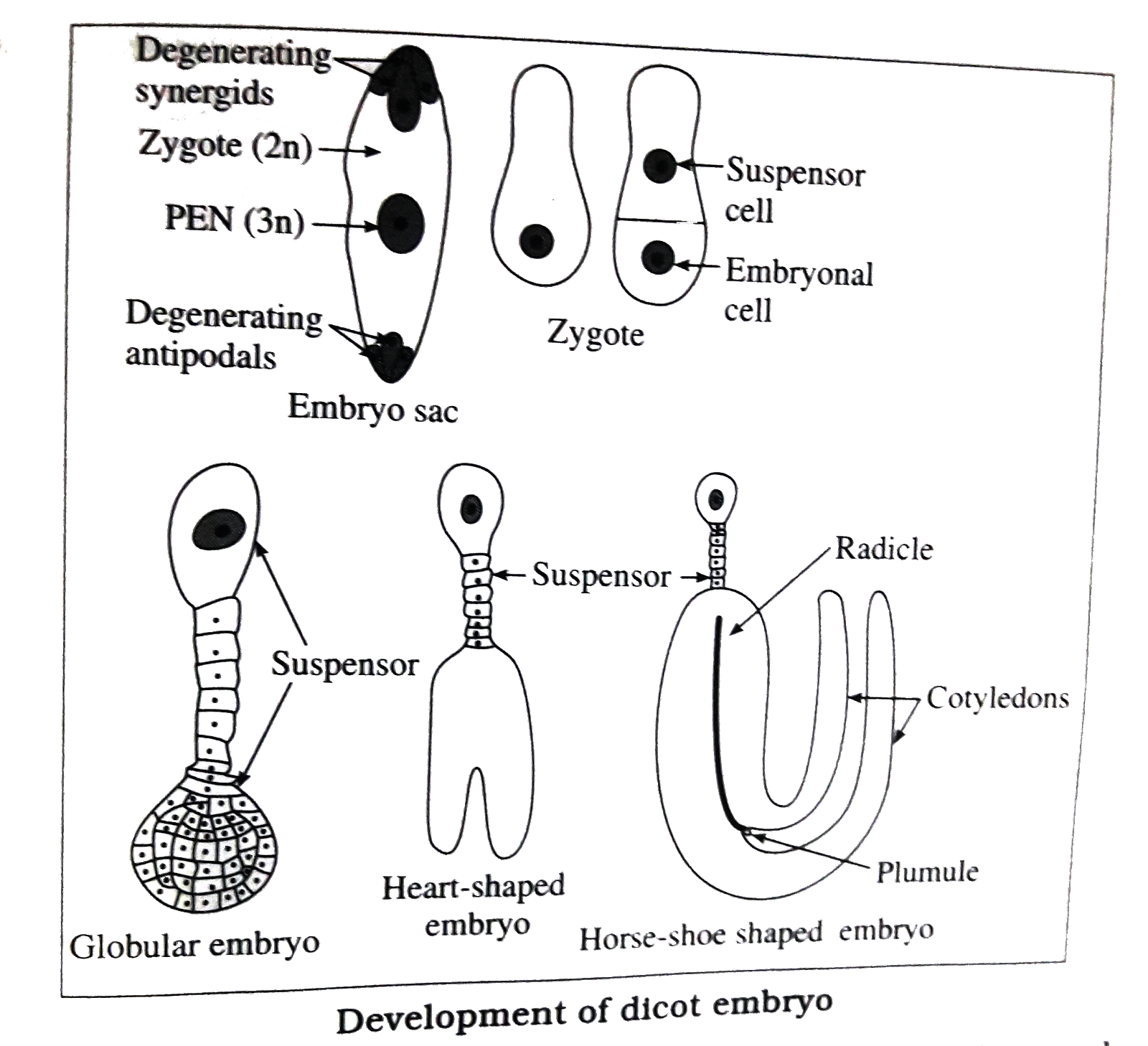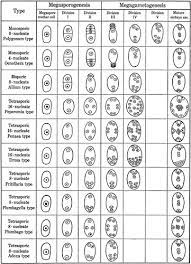EMBRYOGENY BY DICOTYLEDON (Ceratocephalus falcatus)

EMBRYOGENY BY DICOTYLEDON Based on the plane of division of the apical cell in the 2-celled proembryo, and the contribution of the basal cell ( cb ) and the apical cell ( ca ) in the formation of embryo proper, five chief types of embryogeny have been recognized by Maheshwari (1950) A. The apical cell of the 2-celled proembryo divides longitudinally (1) The basal cell plays only a minor role or none in the subsequent development of the embryo proper Crucifer Type or Onagrad Type (eg., Annonaceae, Brassicaceae, Onagraceae, Pedaliaceae, Ranunculaceae. Scrophulariaceae) (2) The basal cell and apical cell both contribute to the development of embryo - Asterad Type (eg. Asteraceae, Balsaminaceae. Violaceae, Vitaceae) B. The apical cell of the 2-celled proembryo divides transversely i- The basal cell plays only a minor role or none in the subsequent development of the embryo proper (3) The basal cell usually fo







